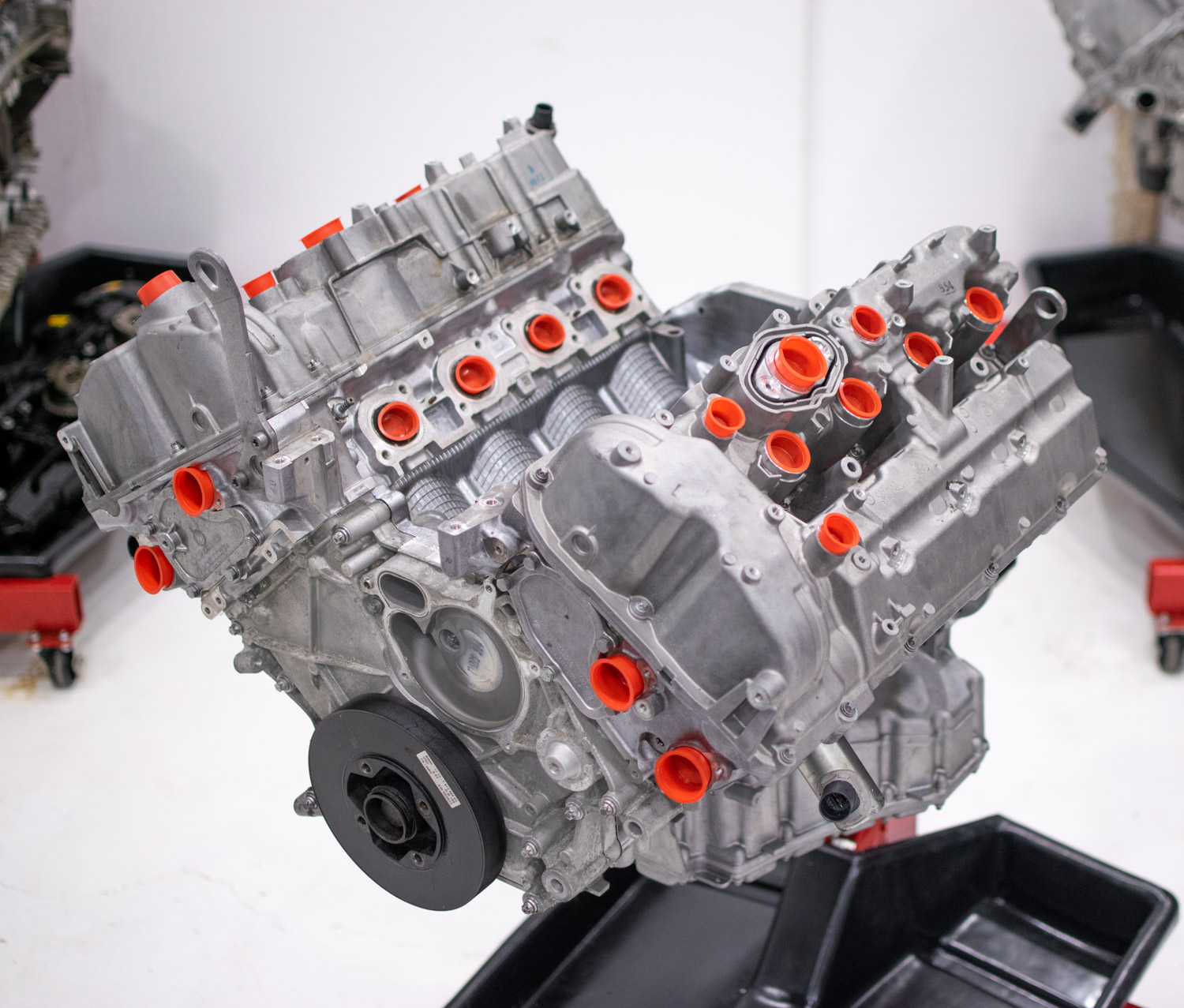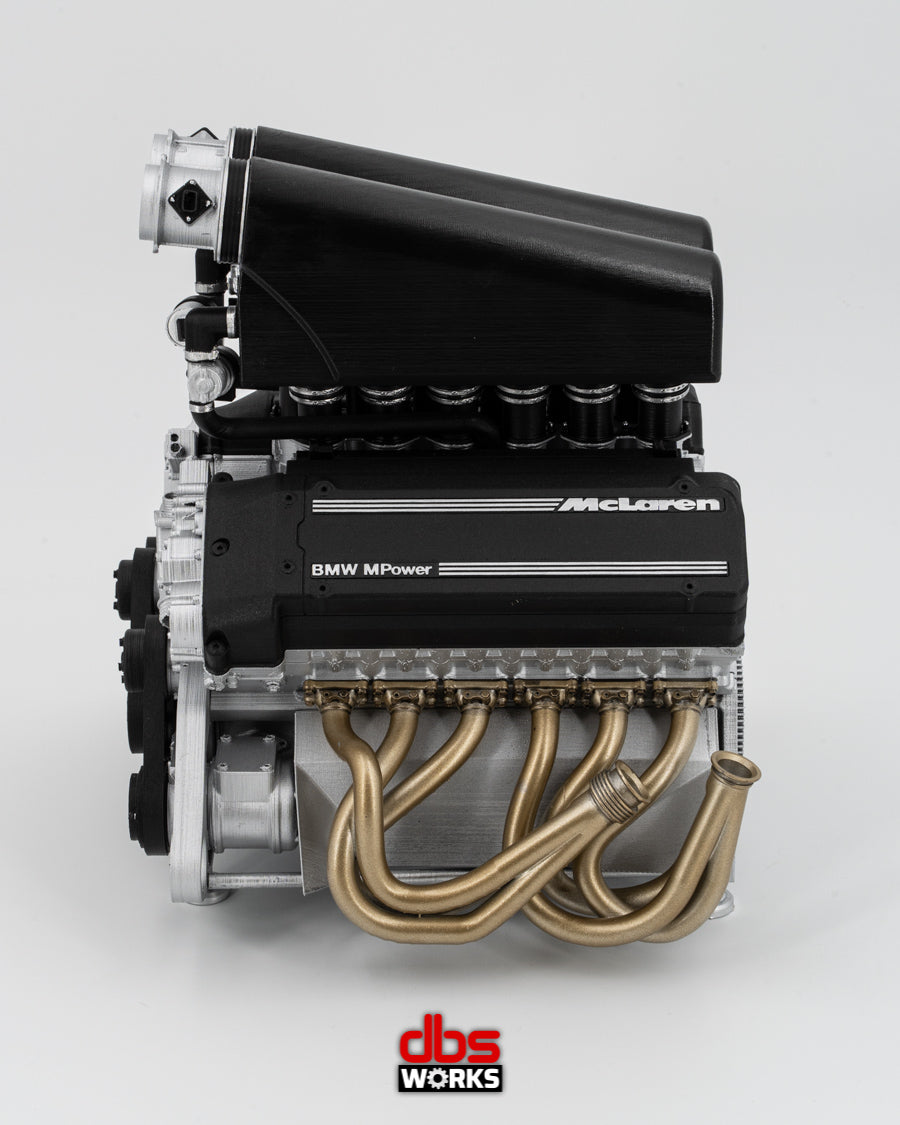Exploring the Development of Combustion Engines in Modern Transport Systems
As we browse the landscape of modern-day transportation, the advancement of combustion engines stands as a testimony to human resourcefulness and engineering expertise. The interplay of background, modern technology, and environmental concerns in forming the trajectory of combustion engines produces a story that is both insightful and compelling.
Early Beginnings of Combustion Engines
How did the concept of combustion engines first emerge in the early stages of transportation growth? The roots of combustion engines can be mapped back to the 17th century when the principles of internal burning were very first checked out.
The innovation moment featured the invention of the first successful gasoline-powered engine by Karl Benz in 1885 - bmw engine. This engine paved the method for the growth of the modern car, revolutionizing transportation systems worldwide. Succeeding advancements by Nikolaus Otto and Gottlieb Daimler further refined burning engine modern technology, causing the mass production of vehicles and the fast development of the transportation sector
These very early burning engines were characterized by their simpleness and effectiveness, laying the structure for the facility and powerful engines made use of in contemporary transport systems. The advancement of burning engines has actually contributed fit the method we take a trip and deliver items, noting a considerable turning point in the history of transport growth.
Change to Internal Burning Technology
The change to interior burning technology marked a pivotal shift in the evolution of transportation systems. This change began in the late 19th century, with innovators like Nikolaus Otto and Gottlieb Daimler developing the first successful interior combustion engines. These engines changed transport by using a more reliable and effective alternative to steam engines and electric motors.
One of the essential advantages of interior burning engines was their ability to be scaled down to fit right into vehicles, resulting in the advancement of cars and motorbikes. This change from cumbersome, stationary engines to small, mobile ones paved the means for the modern transport systems we see today.
The shift to inner combustion innovation likewise stimulated improvements in gas modern technology, leading to the advancement of gasoline and diesel as key fuel sources for automobiles. This change not only made transport much more accessible to the masses yet also laid the structure for the oil and gas industry to come to be integral to international economic climates.
Influence of Combustion Engines on Transport
The adoption of burning engines in transportation systems militarized an extensive shift in the effectiveness and rate of global wheelchair. Burning engines transformed transport by giving a trustworthy and versatile resource of power for various automobiles, consisting of cars, ships, aircrafts, and vehicles. This advancement dramatically enhanced the capacity for products and individuals to conform cross countries in much shorter amount of time, leading to enhanced connectivity between regions and nations.
Moreover, the extensive use combustion engines has had a considerable effect on economic growth. The capability to deliver items effectively has actually stimulated trade and commerce, enabling companies to expand their markets and reach consumers worldwide. This has actually promoted financial growth and globalization, as items can currently be moved much faster and in bigger quantities than ever.
However, the environmental influence of burning engines can not be ignored. The burning of fossil gas has resulted visit this web-site in air pollution and greenhouse gas exhausts, adding to climate change and posturing wellness dangers to populations. bmw engine. As an outcome, there is a growing focus on establishing alternative propulsion technologies to minimize these unfavorable effects and create go now a much more sustainable future for transport
Technologies in Combustion Engine Style
One noteworthy advancement is the advancement of turbocharged engines, which utilize exhaust gases to drive a wind turbine that compresses incoming air, allowing for more fuel to be burnt, resulting in enhanced power output without a significant increase in engine size. Variable shutoff timing systems have actually likewise reinvented engine style by optimizing airflow at various engine rates, boosting both power and performance. These advancements collectively contribute to the continual renovation of burning engines in modern transportation systems.
Future Fads in Burning Engine Advancement
With modern technology improvements driving continual development, the future of burning engine development is positioned to revolutionize transport systems globally. One of the crucial trends in combustion engine growth is the push towards better efficiency and minimized exhausts.
One more noticeable trend is the adoption of crossbreed modern technologies in combustion engines. Crossbreed engines incorporate traditional combustion modern technology with electrical power, providing enhanced gas efficiency and lower discharges. As the auto industry shifts towards electrification, crossbreed burning engines are viewed as a transitional solution that bridges the space in between standard vehicles and fully electric ones.
Additionally, the assimilation of clever technologies, such as man-made knowledge and information analytics, is anticipated to play a substantial role in the future of combustion engine advancement. These modern technologies can maximize engine efficiency in real-time, leading to much more reliable burning procedures and boosted total lorry efficiency. Welcoming these future fads will certainly not just drive innovation in burning engine next growth yet additionally add to a more environmentally pleasant and lasting transport ecological community.

Conclusion
In conclusion, the advancement of burning engines in modern-day transportation systems has been noted by considerable improvements in innovation and design. From the very early beginnings of combustion engines to the change to interior combustion technology, these engines have actually had an extensive effect on transportation.
The origins of burning engines can be traced back to the 17th century when the concepts of interior combustion were initial checked out. These engines reinvented transportation by supplying a much more effective and reliable choice to steam engines and electric motors.
